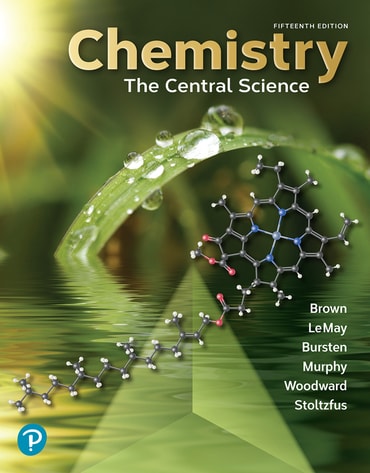Textbook Question
Which of the following statements are true?
i. The overall dipole moment of a molecule is the vector sum of its individual bond dipoles.
ii. If atoms A and B in an AB𝑛 molecule have different electronegativities, then the AB𝑛 molecule must have a nonzero dipole moment.
iii. The bond dipoles in a tetrahedral AB4 molecule cancel one another.





